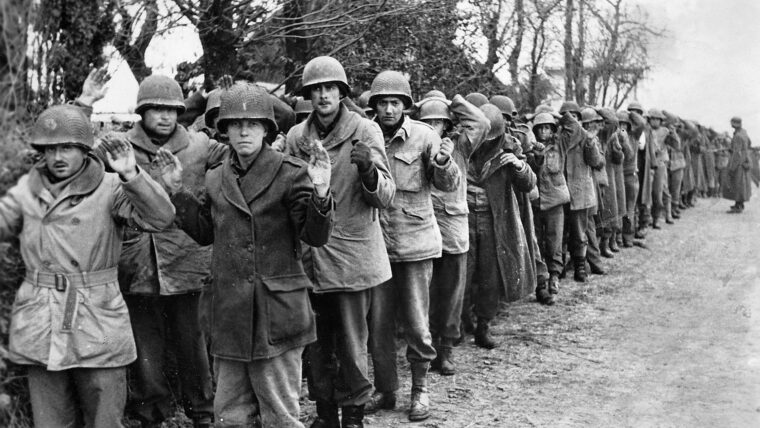
Captured in the Bulge
It took the HMS Queen Elizabeth, the world’s largest passenger liner, only five days to transport 15,000 men of the 106th Infantry Division from New Jersey to Glasgow, Scotland, making port on November 17, 1944. Read more

It took the HMS Queen Elizabeth, the world’s largest passenger liner, only five days to transport 15,000 men of the 106th Infantry Division from New Jersey to Glasgow, Scotland, making port on November 17, 1944. Read more
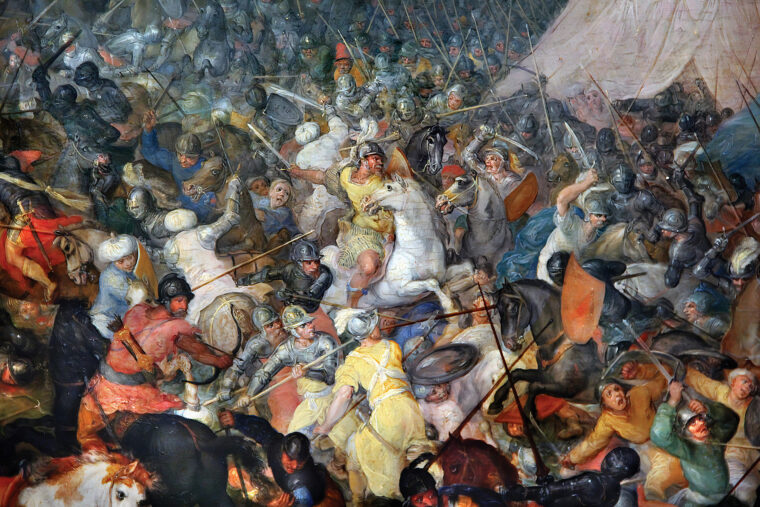
Those rare qualities that set the extraordinary military commanders apart from the average ones were present in Alexander the Great, wrote the Greek historian Arrian, who drew on the account of Alexander’s general, Ptolemy. Read more
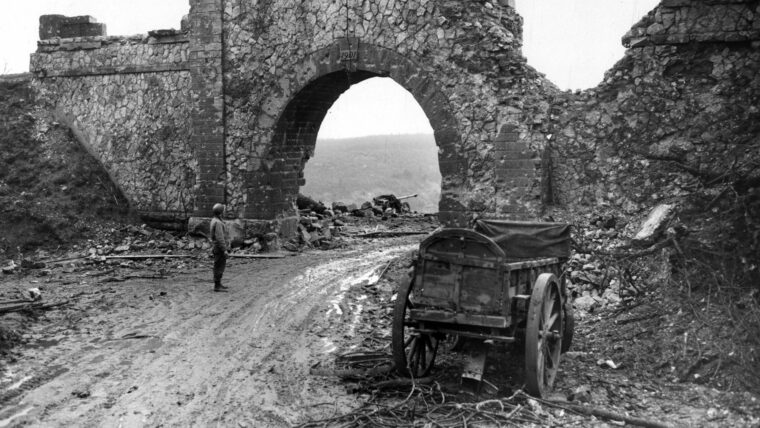
The road to Fort Driant began for the United States Third Army when it landed on Utah Beach at 3 pm on August 5, 1944. Read more
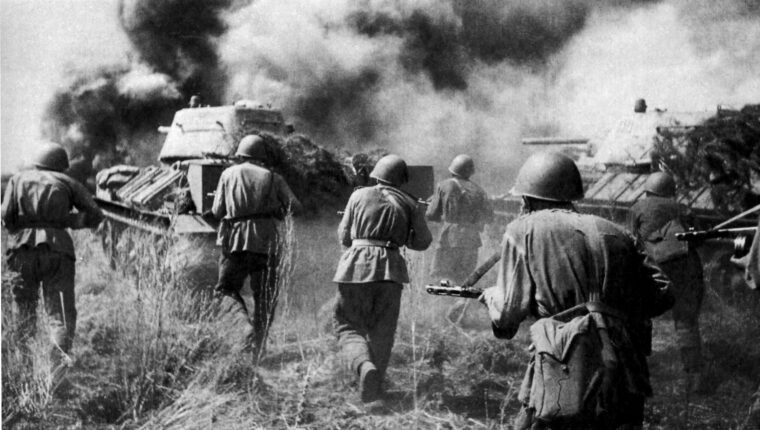
“The big defeat at the Kursk bulge was the beginning of a fatal crisis for the German army,” said Marshal Aleksandr Vasilevsky, the Soviet Chief of the General Staff. Read more
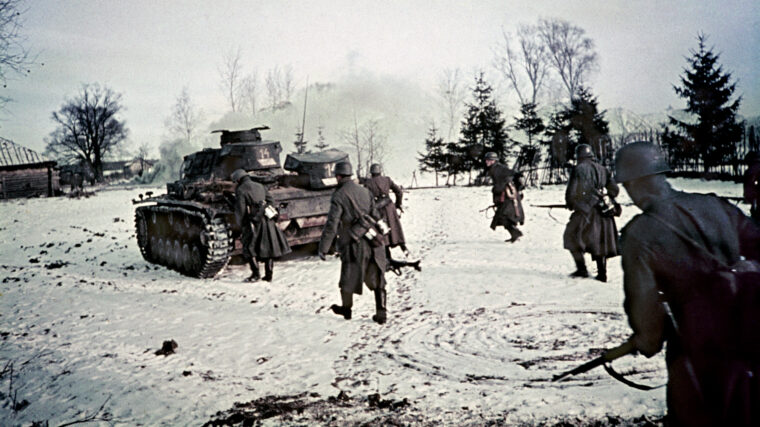
Many consider the Battle of Moscow in late 1941 to be the first turning point of World War II on the Eastern Front. Read more
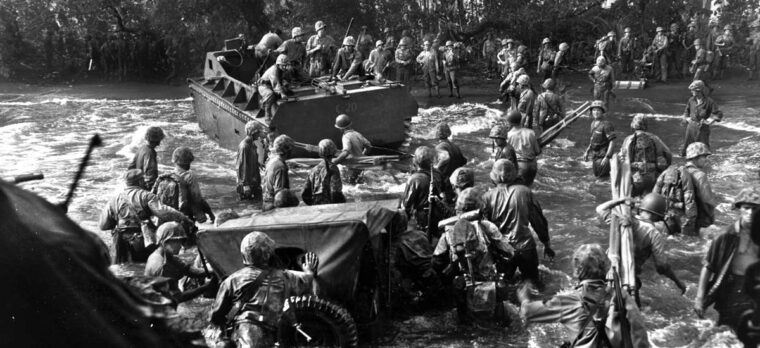
The bloody fight for Guadalcanal, where the string of Japanese conquests in the Pacific had finally run its course, was a turning point of World War II. Read more
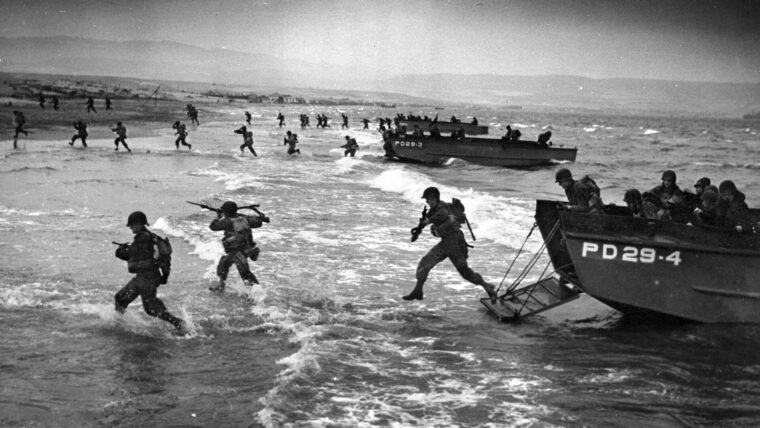
Coming after a series of bitter defeats from France to Norway to Crete, news of the Japanese attack on Pearl Harbor and America’s entry into World War II was one of the early high points of Prime Minister Winston Churchill’s leadership years. Read more
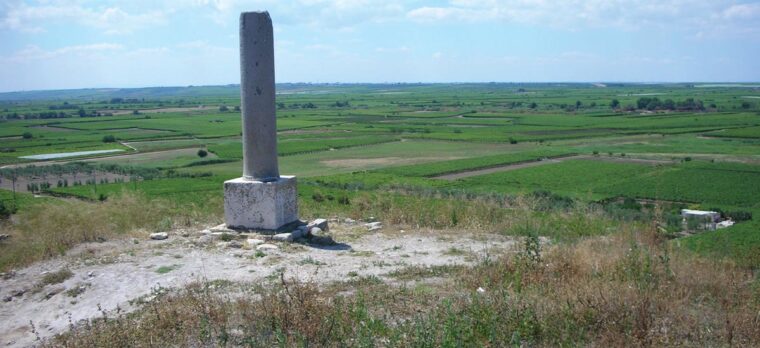
Long ranks of Carthaginian infantry stood on a dusty plain a few miles east of the ruined town of Cannae on August 2, 216 bc. Read more
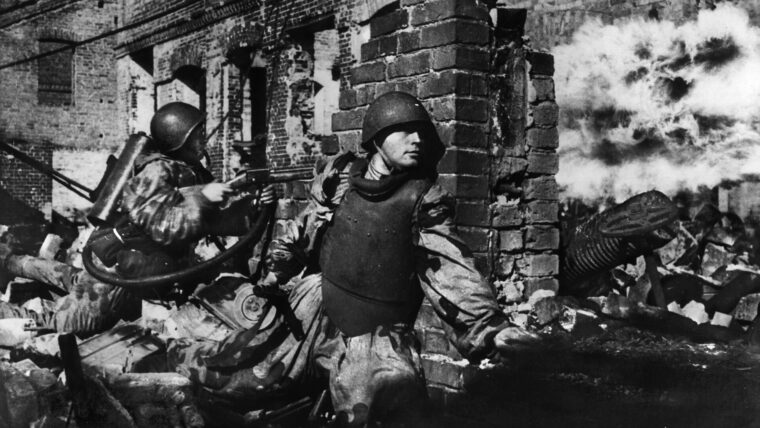
“We felt that we were already dead men,” wrote former Captain Albrecht Wüstenhagen in a May 1988 letter to the author of his time in the fortress garrison of Küstrin. Read more
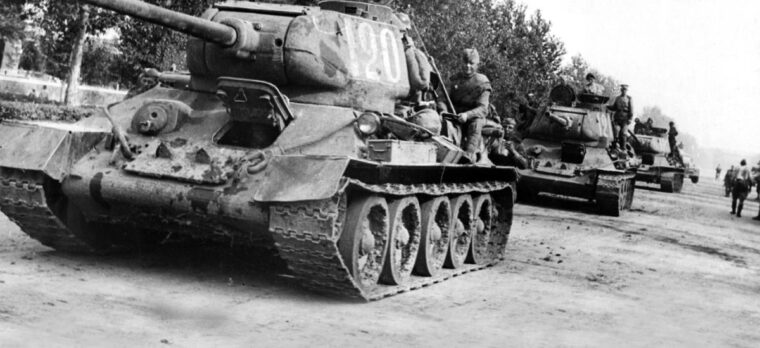
By Nathan N. Prefer
To the Soviet military, it is known as the Manchurian Strategic Offensive Operation. Although it had no official name to the Japanese, it has become known in the West as Operation August Storm. Read more
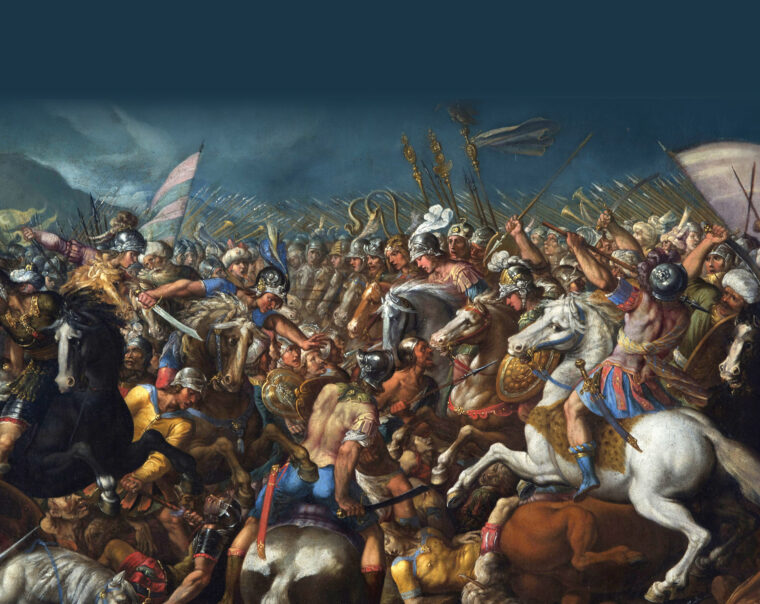
Two Generals met in the Fall of 202 BC in a last-ditch attempt to secure a mutually agreeable peace between their respective nations. Read more
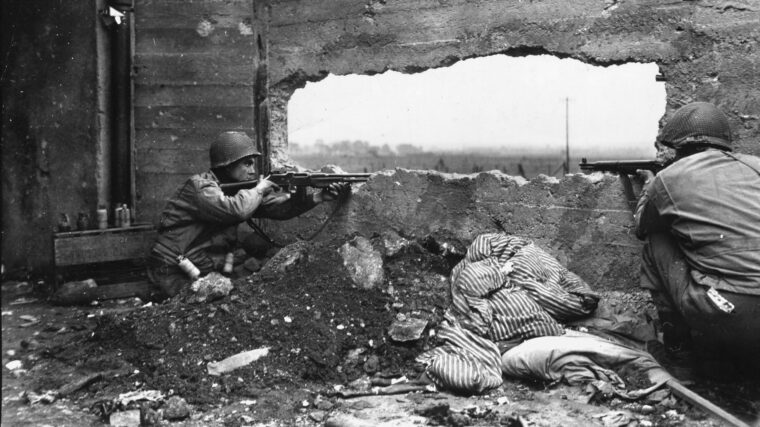
Lieutenant General George Patton’s Third Army had come a long way since it was activated on August 1 in Normandy. Read more
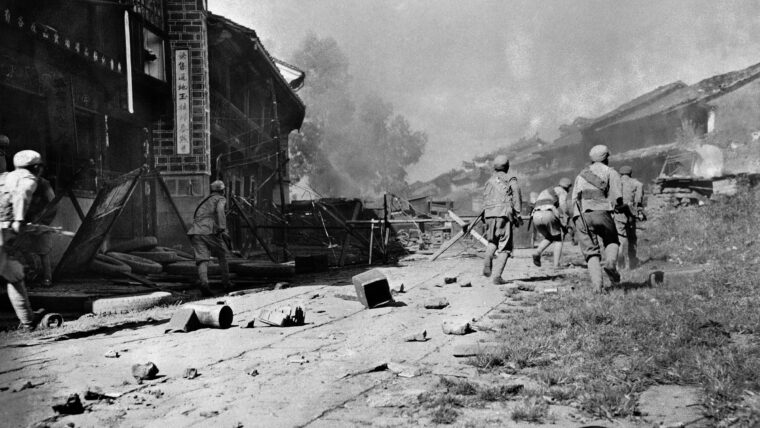
After launching an invasion of Burma (today Myanmar) not long after Pearl Harbor, the Imperial Japanese Army went on to overrun much of China by May 1942 and closed the Burma Road—the vital, 717-mile-long mountain highway built in 1937-1938 that ran from Kunming in southern China to the Burmese border. Read more
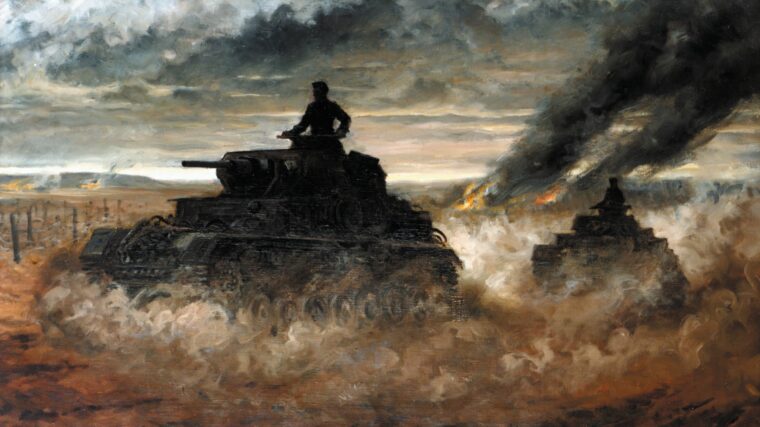
While many in the English-speaking world have heard of Erwin Rommel and Heinz Guderian, few today know the name of Otto von Knobelsdorff, a German panzer general who commanded troops in battles every bit as pivotal as his contemporaries did, in quantity and quality, and who also fought against General George S. Read more
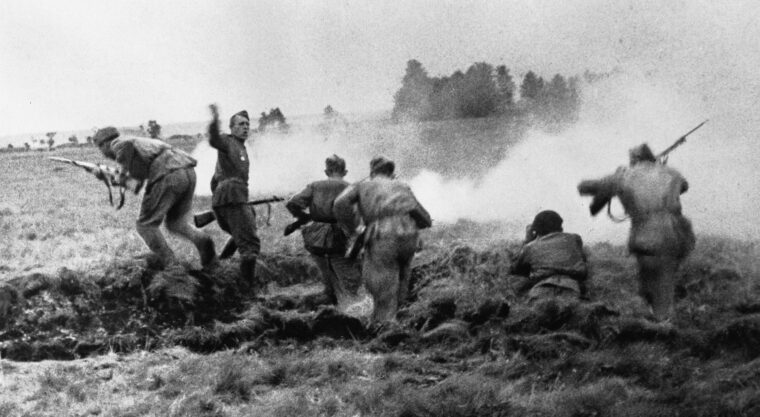
Operation Bagration, the largest operation of World War II, has never been adequately acknowledged in the West to the same extent as a number of smaller campaigns. Read more
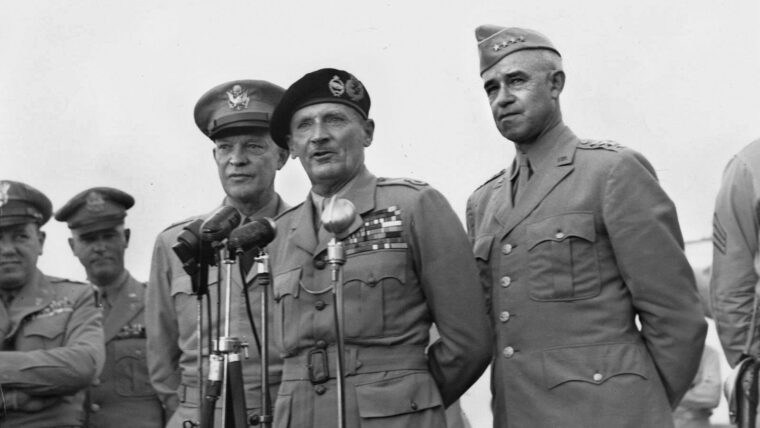
With the exceptions of the Normandy invasion and the Battle of the Bulge, few other World War II battles in the European Theater have received more historical scrutiny than the Battle of the Falaise Gap. Read more
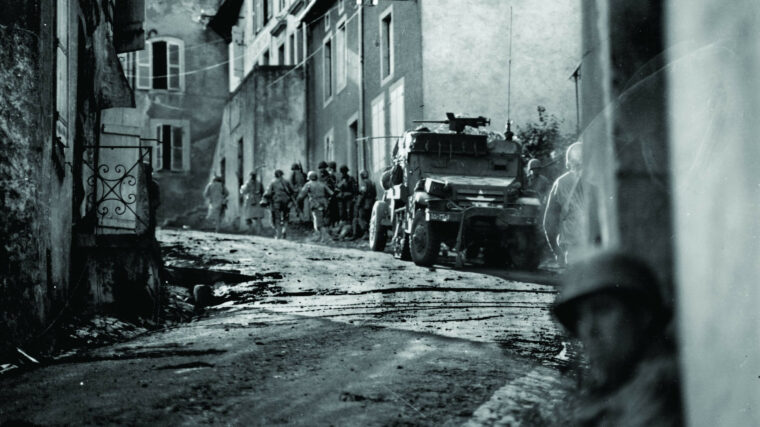
By mid-September 1944, the U.S. Third Army was poised to strike at the soft underbelly of Adolf Hitler’s Third Reich along a fabled corridor in northeastern France used for centuries by armies tramping across Europe. Read more
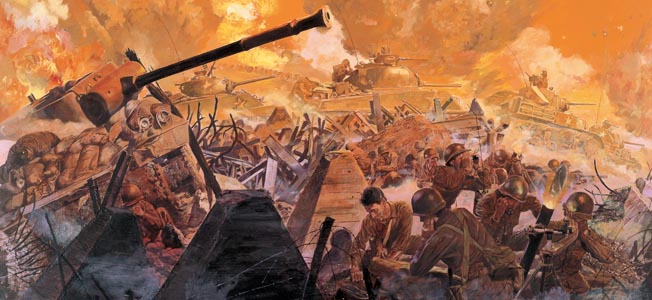
The road to Fort Driant began for the United States Third Army when it landed on Utah Beach at 3 pm on August 5, 1944. Read more
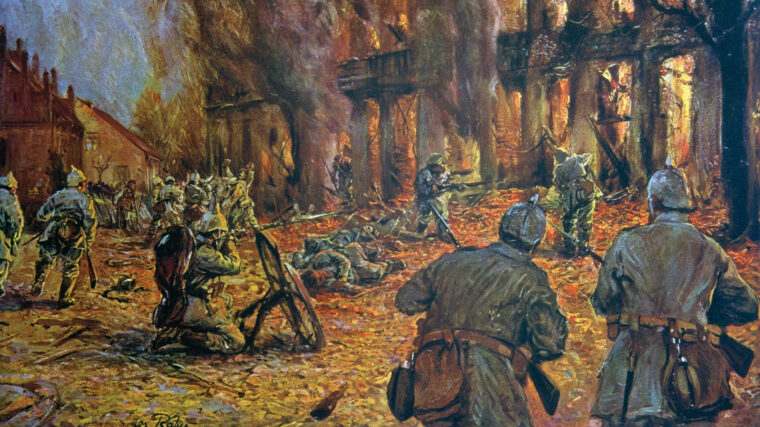
On August 2, 1914, Russian Czar Nicholas II appeared on the balcony of the Winter Palace in St. Read more
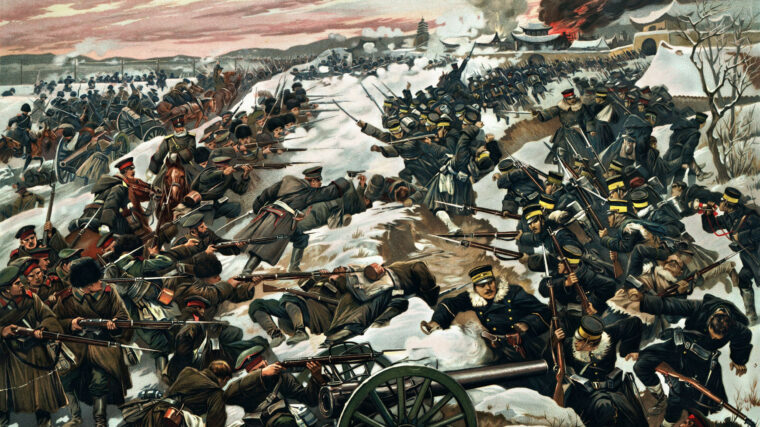
January and February 1905 were critical months for both the Russian and Japanese empires, which were locked in a war over East Asia that neither of them could sustain. Read more